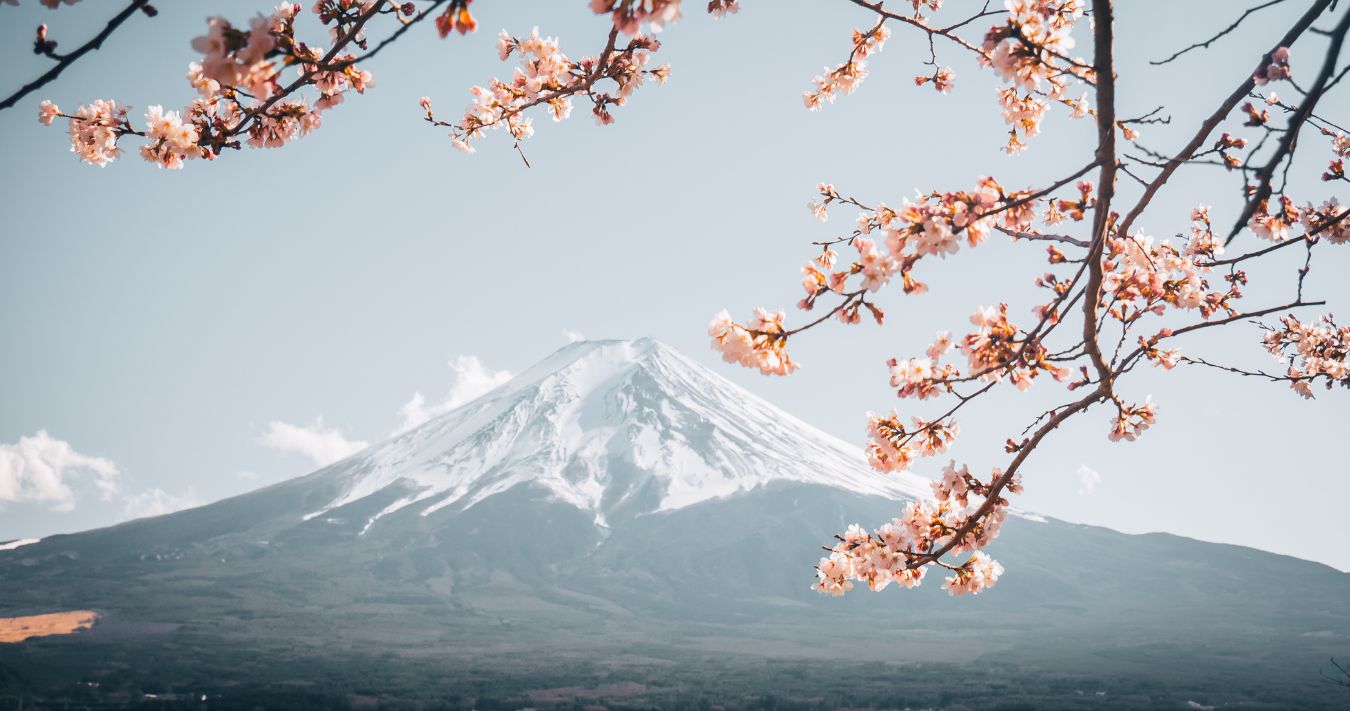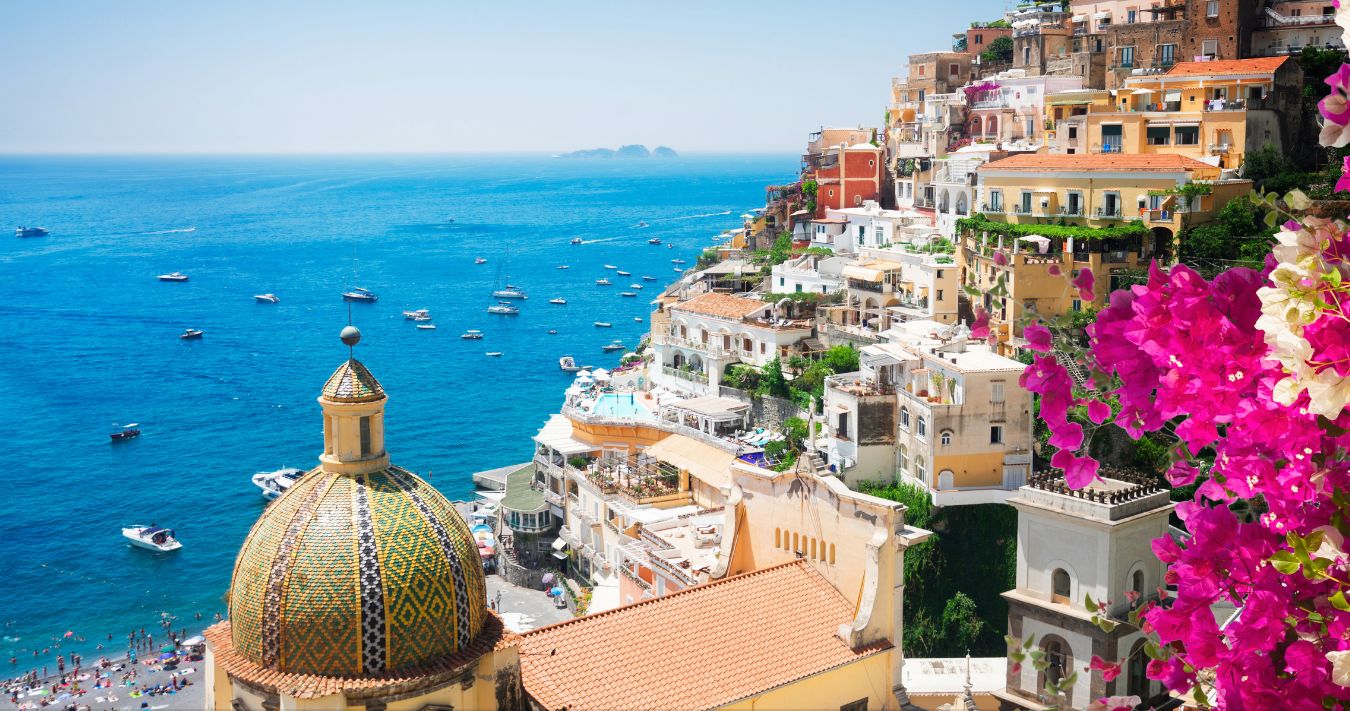Your 2 Week Japan Itinerary
If you’re planning a trip to Japan the country can seem overwhelming, particularly if you’ve never been before. Luckily, we’ve got the perfect two-week guide to ensure you see both the most famous sights and a few local spots that will make the experience unforgettable.
Days 1-4: Tokyo
Where else would you begin your adventure other than Japan’s heart, the city of Tokyo? Begin by visiting the famous Shibuya Crossing, the busiest intersection in the world - the perfect place for an iconic Tokyo photograph.
Nearby, the Meiji Shrine offers a far more peaceful contrast and a look into more traditional Japanese culture, surrounded by tranquil forests. You can also spend some time in the fun area of Harajuku, known worldwide for its quirky shopping, unusual fashion and wealth of activities.
Spend the second day of your itinerary doing a bit of retail therapy, which is always around every corner in Tokyo, by wandering through the more luxurious district of Ginza, which has some upscale shopping and dining options.
For sunset, Tokyo Skytree is Japan’s tallest tower, once the tallest tower in the world, from where you can take in stunning views over the city. On your last two days in Tokyo, explore the city's outskirts in places such as Odaiba, an island district on Tokyo Bay with a scenic waterfront promenade with great views.
When night falls, last on your list must be Shinjuku, a neighborhood home to neon lights, izakayas (Japanese pubs), restaurants and bars perfect for enjoying a final evening meal.
Days 5-7: Hakone and Mount Fuji
You’ve experienced the buzz of Tokyo so now it’s time to explore some nature. Hakone is a small town famous for having hot springs and stunning views of Mount Fuji. Begin your first day here at the Hakone Ropeway, which offers panoramic mountain views.
You can also stop at Owakudani Valley to try a local specialty food, black eggs, cooked in the nearby hot springs. The next day, try a hot spring with a relaxing dip at one of the many onsen in Hakone. It’s best to research local customs, as some hot springs are divided by gender, and some don’t allow tattoos - all don’t allow clothes!
On Day 7, your first destination should be Lake Ashi, where you can go on a sightseeing boat cruise. Also, don’t miss Hakone Shrine, where a picturesque red torii gate appears to float on the water, and the backdrop is Mount Fuji.
With more time and in the right season, you can also head on an adventure to climb Mount Fuji yourself; something thousands of visitors do every year for incredible views.
Days 8-10: Kyoto
Japan’s ancient capital of Kyoto is like stepping back thousands of years. First off, visit the iconic Fushimi Inari Taisha, one of the most famous spots in the city known for its hundreds of red torii gates that form a path up the mountain, which you can walk through and take photos.
Elsewhere, you can take a tranquil stroll through the Arashiyama Bamboo Grove, which seems a world away from the city, with towering bamboo stalks densely packed into one area. And nearby, Tenryu-ji Temple is a UNESCO World Heritage Site famed for its perfectly manicured Zen gardens.
In the afternoon of your second day here, cross the Togetsukyo Bridge to explore the Iwatayama Monkey Park, where you can see wild Japanese monkeys up close while enjoying views over Kyoto.
The final day in Kyoto should be spent hopping around the temples you’ve missed - there are almost too many to see. Start with Kinkaku-ji, also known as the Golden Pavilion thanks to its sparkling gold exterior, followed by Nijo Castle, which was the residence of the Tokugawa shoguns, where you can learn more about shogun history.
Days 11-12: Osaka and Nara
Next on your itinerary is crossing off a whole new area of Japan: Osaka, a city well-known for its amazing food. First spend some time at Osaka Castle, where you can get more of a glimpse into Japan’s history.
This city is a foodie heaven, so don’t miss the Dotonburi neighborhood, which is jam-packed with fantastic restaurants and eateries, not to mention food stalls and markets for trying local delicacies like takoyaki (octopus balls) and okonomiyaki (savoy pancakes).
If you have any time to spare, spend an extra day in this lively city to explore more of the food and nightlife on offer. Otherwise, make a beeline for beautiful Nara, home to Todai-ji Temple which has the world’s largest bronze Buddha statue.
And in Nara Park, you can marvel at the unique sight of hundreds of sika deer who live in the city side-by-side with the locals, and even buy special deer biscuits for feeding them.
Days 13-14: Hiroshima and Miyajima
The next stop on the itinerary is a somber reflection on Japanese history at the city of Hiroshima, which was devastated by war but now symbolizes peace, where you can learn more about the impact of the atomic bomb and its effects.
Start at the Hiroshima Peace Memorial Park and the Genbaku Dome, both of which give insight into the events of World War II. For your final day in Japan, take a ferry to the island of Miyajima, which is famous for the Itsykushima Shrine and iconic floating torii gate.
During high tide, this gate looks like it’s floating on the water and is one of the most photographed sites in Japan. While here, you can also go on the Miyajima Ropeway, which takes you up Mount Misen, for sweeping views of the Seto Inland Sea.
Check out some of the best countries to tour.

